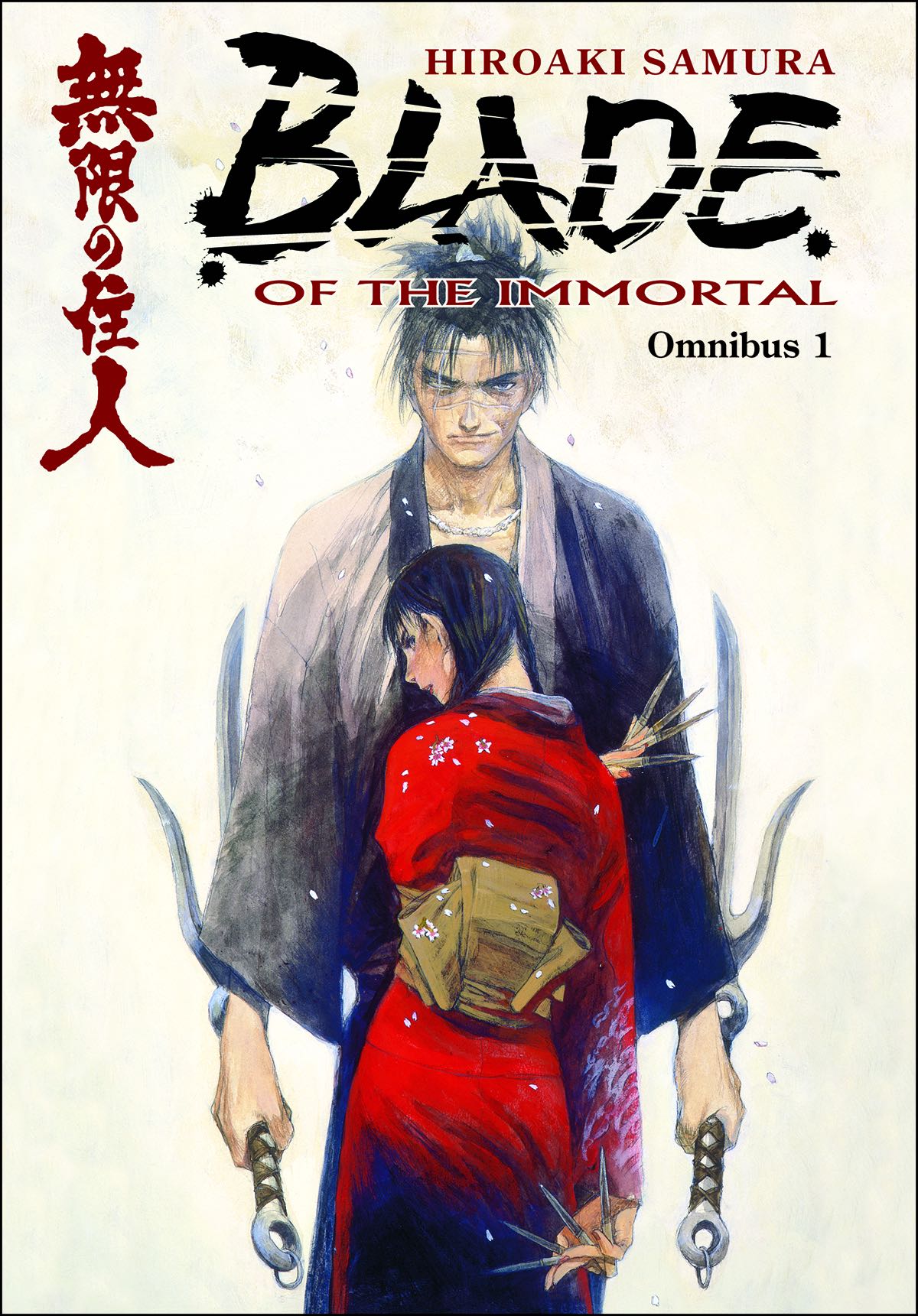

Way of the samurai 1 cover art how to#
Samurai march in the Jidai Matsuri Parade in Kyoto How to appreciate the samurai today Japan's feudal era eventually came to an end in 1868, and the samurai class was abolished a few years afterwards. As a result, the importance of martial skills declined, and many samurai became bureaucrats, teachers or artists. Relative peace prevailed during the roughly 250 years of the Edo Period. Masterless samurai were called ronin and caused minor troubles during the 1600s. During this time, the samurai were forced to live in castle towns, were the only ones allowed to own and carry swords and were paid in rice by their daimyo or feudal lords. The country was eventually reunited in the late 1500s, and a rigid social caste system was established during the Edo Period that placed the samurai at the top, followed by the farmers, artisans and merchants respectively. Many of the famous samurai movies by Kurosawa are set during this time. It was also the era when ninja, warriors specialized in unconventional warfare, were most active. Consequently, warriors were in high demand. The samurai would rule over Japan for most of the next 700 years.ĭuring the chaotic era of warring states in the 15th and 16th centuries, Japan splintered into dozens of independent states constantly at war with one another. Minamoto Yoritomo emerged victorious and set up a new military government in 1192, led by the shogun or supreme military commander. The two most powerful of these landowning clans, the Minamoto and Taira, eventually challenged the central government and battled each other for supremacy over the entire country.

Around the same time, warriors were increasingly hired by wealthy landowners that had grown independent of the central government and built armies for their own protection. The samurai trace their origins to the Heian Period campaigns to subdue the native Emishi people in the Tohoku Region. Samurai armors, katana displays, samurai costume trial, samurai lessons, sword cutting and guided tours. Interactive samurai history museum with experiences. Kyoto Samurai & Ninja Museum with Experience Many samurai were also drawn to the teachings and practices of Zen Buddhism. Strongly Confucian in nature, bushido stressed concepts such as loyalty to one's master, self discipline and respectful, ethical behavior.
Way of the samurai 1 cover art code#
Samurai were supposed to lead their lives according to the ethic code of bushido ("the way of the warrior"). Samurai employed a range of weapons such as bows and arrows, spears and guns, but their main weapon and symbol was the sword. They later made up the ruling military class which eventually became the highest ranking social caste of the Edo Period (1603-1867). Being a ronin, he was renowned for his excellent and unique double-bladed swordsmanship and undefeated record in his 60 duels.The samurai (or bushi) were the warriors of premodern Japan. This self-trained, talented swordfighter started the duels when he was just thirteen. Miyomoto Musashi, the name has become a synonym of the swordsmanship of the Samurai’s. Sincerely showing thankfulness to all those who participated and supported directly and indirectly in the release of this book. " Truth is not what you want it to be it is what it is, and you must bend to its power or live a lie." This book, "Way of The Samurai - Miyamoto Musashi’s Concise Lessons" is dedicated in the feet of Almighty. Way of the Samurai - Miyamoto Musashi’s Concise Lessons WAY OF THE SAMURAI - MIYAMOTO MUSASHI’S CONCISE LESSONS


 0 kommentar(er)
0 kommentar(er)
